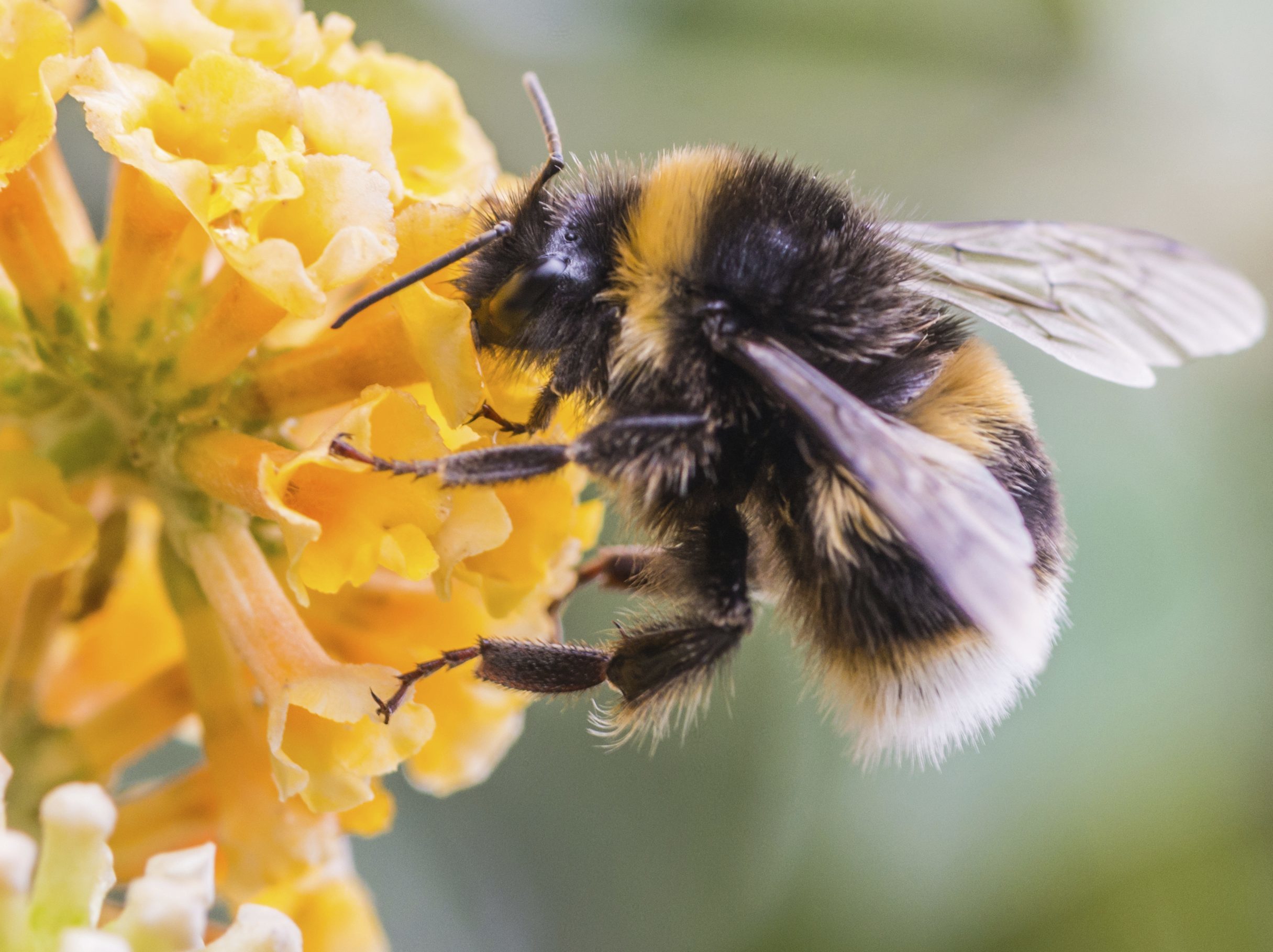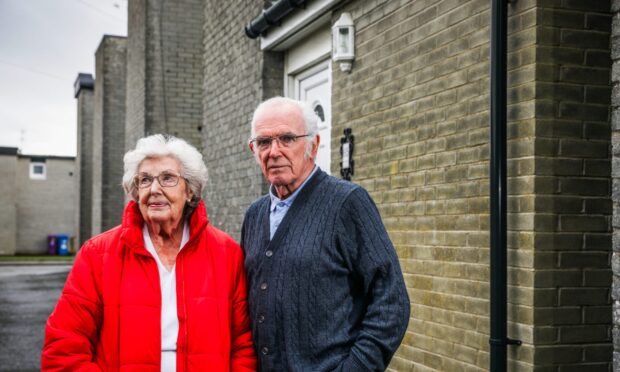Around 150,000 honeybees were destroyed after a highly contagious disease was discovered in colonies of bees in the Mearns.
The outbreak of American Foulbrood (AFB), which affects honeybees, was found in two apiaries near St Cyrus.
The disease was confirmed following laboratory diagnosis by Science and Advice for Scottish Agriculture.
The infected hives at Honeyhill Bee Farm, to the north of St Cyrus, were destroyed as there is no permitted treatment for the disease in the UK.
There are no risks to public health from AFB and no implications for the quality and safety of honey.
Yesterday Ranald McBay from Honeyhill Bee Farm said: “A Scottish Government inspector made an annual visit on Thursday, which is when it was discovered.
“It’s easy to overlook the disease so I’m very thankful they spotted it.
“It was found in three hives at two sites. The hives were destroyed that night.
“It’s the first time I’ve ever had American Foulbrood in the 29 years I’ve been doing this. It can’t be treated so the hives had to be destroyed, which probably cost me around £1500 in total.”
Mr McBay added the Government inspectors were returning to his farm this week to check his other hives.
American Foulbrood is a notifiable disease under The Bee Diseases and Pests Control (Scotland) Order 2007.
It kills off bee larva, is highly contagious and difficult to eradicate and bee keepers have been urged to monitor their hives.
The disease can kill thousands of bees a day and cause honey production to drop rapidly.
A Scottish Government spokesman said that around 150,000 honeybees had been affected across the two apiaries, and had been destroyed using the “standard practise”.
Bees are “humanely destroyed” by fumigation at night after the insects return to the hives. The hives are then burned in a pit to prevent any opportunity for the disease to spread.
The movement of bees and related equipment into or out of the affected area is prohibited.
Bee farmers and beekeepers are being urged to be vigilant for signs of the disease, to maintain good husbandry practices and to notify any suspicion of disease to bees_Mailbox@gov.scot.
Classic signs of the disease are sunken cappings on cells, which when uncapped reveal dead larvae in various stages of decomposition.
The larvae have a caramel like, light to dark brown consistency and when drawn out, the decomposing material strings out rather than snapping off – known as the roppiness test.
In order to assist Scottish Government bee inspectors to control this and other diseases, beekeepers are urged to register on BeeBase, the national bee database.
Last July, more than 210,000 honeybees had to be destroyed after an outbreak of AFB in three hives in Alyth, Perthshire.
American Foulbrood is caused by a spore-forming bacterium called Paenibacillus larvae.
The bacterium forms spores which enter the larva through feeding of contaminated food. The bacteria kill the bee larva by completely consuming the body tissues.
The spores are highly resistant to extremes of temperature, chemical attack and other adverse conditions that kill most bacteria and remain viable for many years.
The spores allow the bacterium to survive harsh conditions, germinating and reproducing when the hardship has passed.
This is a repetitive cycle, meaning it is difficult to eliminate the spores from colonies.
Unlike European Foulbrood, hives with American Foulbrood cannot be treated and must be destroyed as there is no permitted treatment for the disease in the UK.










